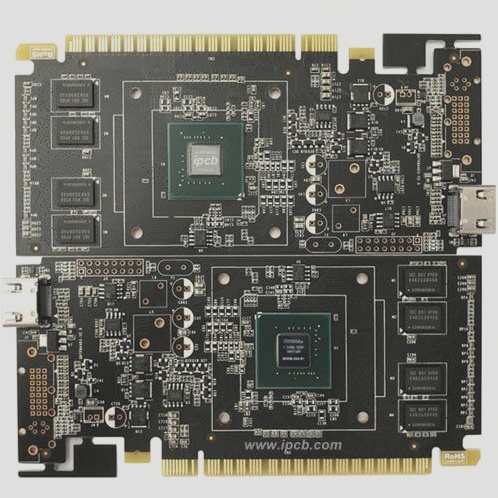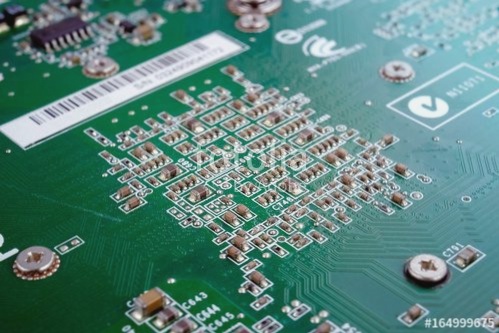PCBA Welding: Preventing Cold Soldering and Dry Soldering Defects
In the realm of PCBA processing, the welding procedure is crucial, involving the soldering of PCB circuit boards and components. However, common defects like cold soldering and dry soldering can arise, impacting product reliability and maintenance costs.
Causes of Cold Soldering and Dry Soldering Defects
These defects occur when the solder fails to properly wet the pads and component pins, resulting in incomplete solder joints. To combat these issues, specific preventive measures can be implemented:
- Moisture-Proof Component Storage: Components should be stored in a moisture-free environment to prevent oxidation, which can hinder proper soldering. Baking moisture-laden components before soldering and replacing oxidized ones are recommended steps.
- Quality Solder Paste Selection: Opt for solder paste from reputable brands like Senju, Alpha, and Victory to ensure proper flux activation and infiltration into the pads.
- Adjust Printing Parameters: Properly adjust the squeegee pressure and steel mesh during the printing process to avoid insufficient tin application.
- Reflow Soldering Temperature Control: Precisely control the soldering time during reflow soldering to activate flux and remove surface oxides effectively.
- Minimize Manual Soldering: Reduce human error by utilizing reflow soldering instead of manual soldering with an electric soldering iron.

By following these preventive measures and adapting them to your specific production needs, you can effectively mitigate soldering defects in PCBA welding processes.



